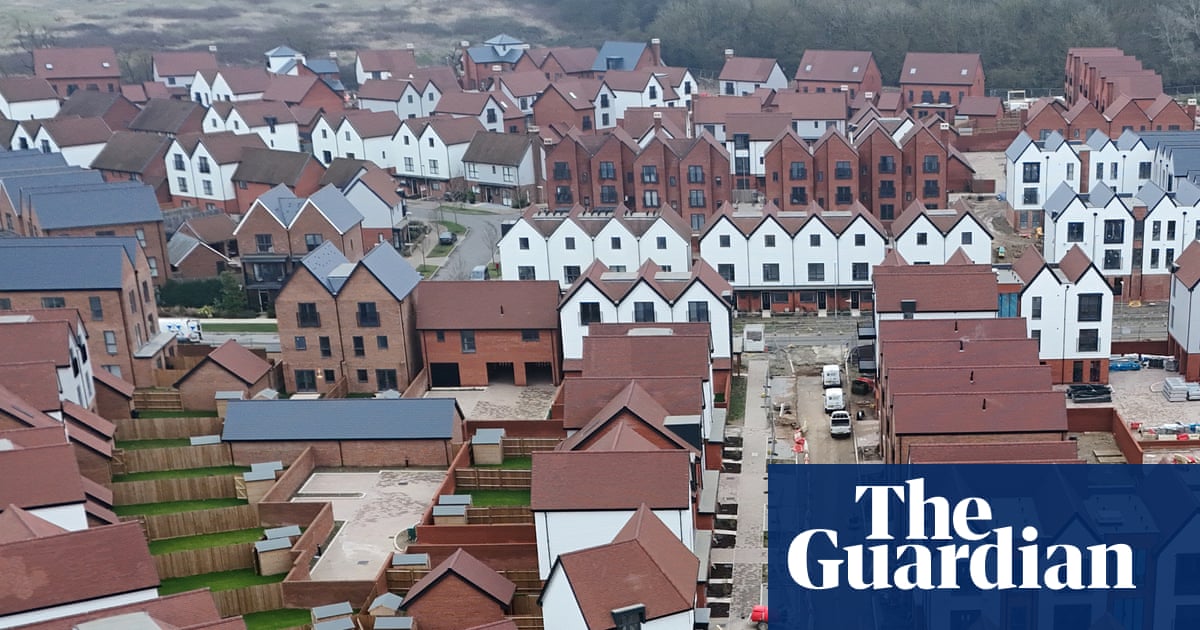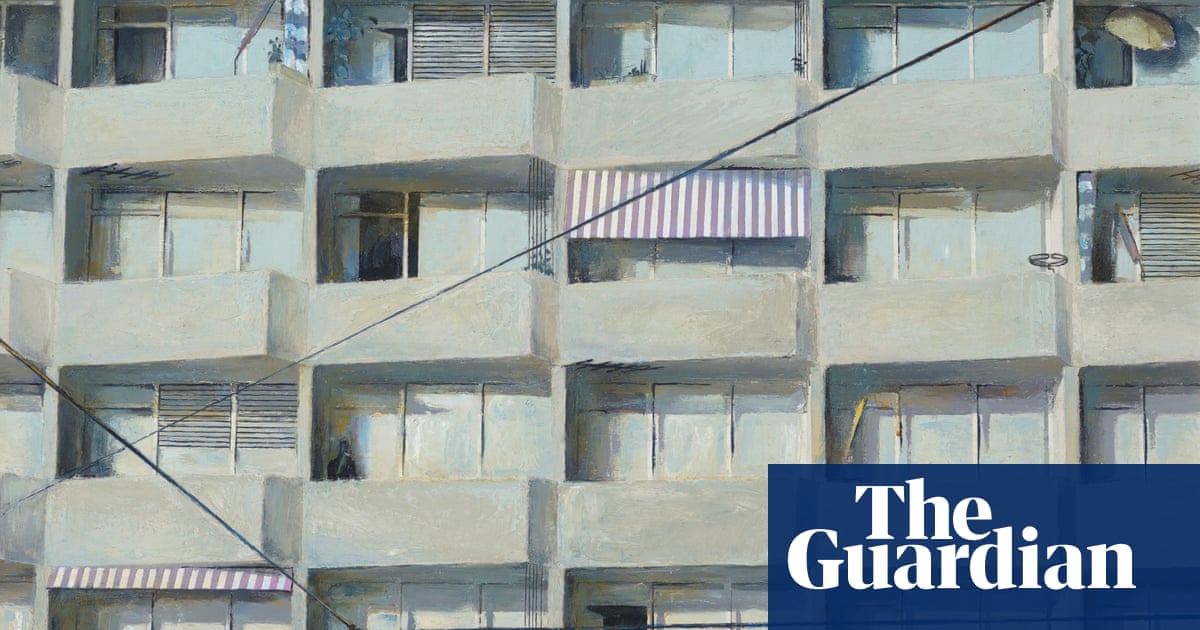- Dwelling On It
- Posts
- Overheating: The Next Climate Challenge for Social Housing
Overheating: The Next Climate Challenge for Social Housing
Keeping Homes Cool in a Warming World

Hot summers are no longer a rarity in the UK, and for social housing that creates a growing problem: overheating. Homes that were once designed to keep warmth in are now struggling to stay cool. Add in higher insulation standards and energy-efficiency retrofits, and the risk of uncomfortably, even dangerously, hot homes is rising fast.
Rethinking How We Design Homes
For decades the focus has been on keeping homes warm and energy efficient. Now the priority is shifting to making sure they can stay comfortable in summer too.
External shading is one of the simplest and most effective answers. Things like shutters, awnings, louvres, solar screens, or even green roofs stop the sun before it heats up a room. Research from the Building Research Establishment shows that well-designed shading can cut overheating risk by more than half.
Passive design also has a big role to play. Dual-aspect windows help air flow through a home. Brise-soleil, horizontal fins fixed to the outside of a building, allow low winter sun in while blocking the high summer sun. Light-coloured paints reflect heat, and using materials with more thermal mass can smooth out temperature spikes. The latest retrofit guidance from the Good Homes Alliance encourages these kinds of practical, low-tech solutions.
Norwich’s Goldsmith Street, an award-winning council housing development, is often held up as one of the best examples of what future-proofed social housing can look like. Built to Passivhaus standards, the homes are designed to be extremely energy efficient, keeping running costs low for tenants. But what makes the scheme stand out is the way it balances that winter efficiency with summer comfort.
The design includes long rows of terraced houses that are carefully orientated to maximise winter sunlight while avoiding excessive summer heat. Brise-soleil and deep window reveals provide shade during hotter months, reducing solar gain without compromising natural light. The use of highly insulated walls and airtight construction helps regulate temperature swings, and every home benefits from controlled ventilation systems that keep fresh air moving through the spaces.
It is not just the technical details that matter. The layout of Goldsmith Street is designed to encourage community, with communal gardens, car-free streets, and overlooked play areas. Residents report not just lower bills but also higher levels of comfort, including in hotter summers when many other homes overheat.
When the scheme won the Stirling Prize in 2019, the judges highlighted it as a model of how social housing can meet climate targets while providing high-quality, liveable homes. It remains one of the clearest case studies for how to combine ambitious energy standards with real protection against overheating.
Regulation Catching Up
Policy is starting to reflect the scale of the problem. Since 2022, Part O of the Building Regulations has required all new homes to be designed with overheating risk in mind. That includes measures to limit solar gain and provide effective ventilation.
The government is now consulting on further updates, particularly for busy urban areas where opening windows at night is not always realistic because of noise or pollution. Research published by CIBSE in 2024 highlighted how night-time ventilation is one of the most powerful tools we have against overheating, yet it is least available in city centres where many social homes are located.
Looking Ahead
The direction of travel is clear. Overheating is no longer a side issue, it is a housing risk that landlords will have to plan for. The Climate Change Committee warned in 2024 that overheating remains a neglected risk in UK housing adaptation. The Regulator of Social Housing has also signalled that climate resilience will become part of how landlords evidence good asset management.
That means the sector now has to tackle two challenges at once. New homes must be designed with cooling in mind from the start, while retrofit programmes need to adapt so they do not unintentionally lock in summer heat. Shading, ventilation and reflective design should be part of the same conversation as insulation and carbon reduction.
Acting early matters. Homes that stay cool in summer are healthier for residents, less costly to adapt later, and far more resilient to the future climate that is already arriving.


